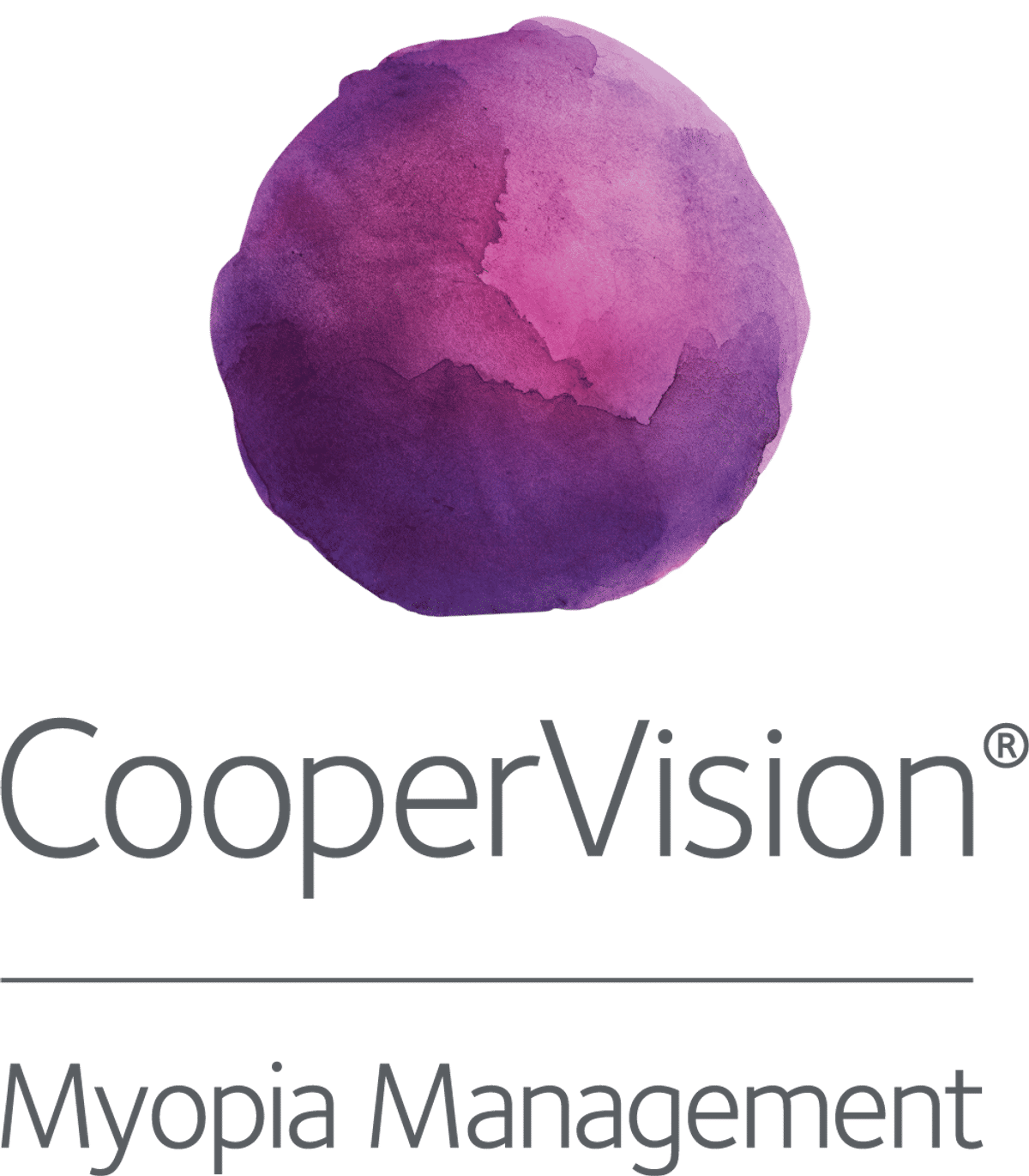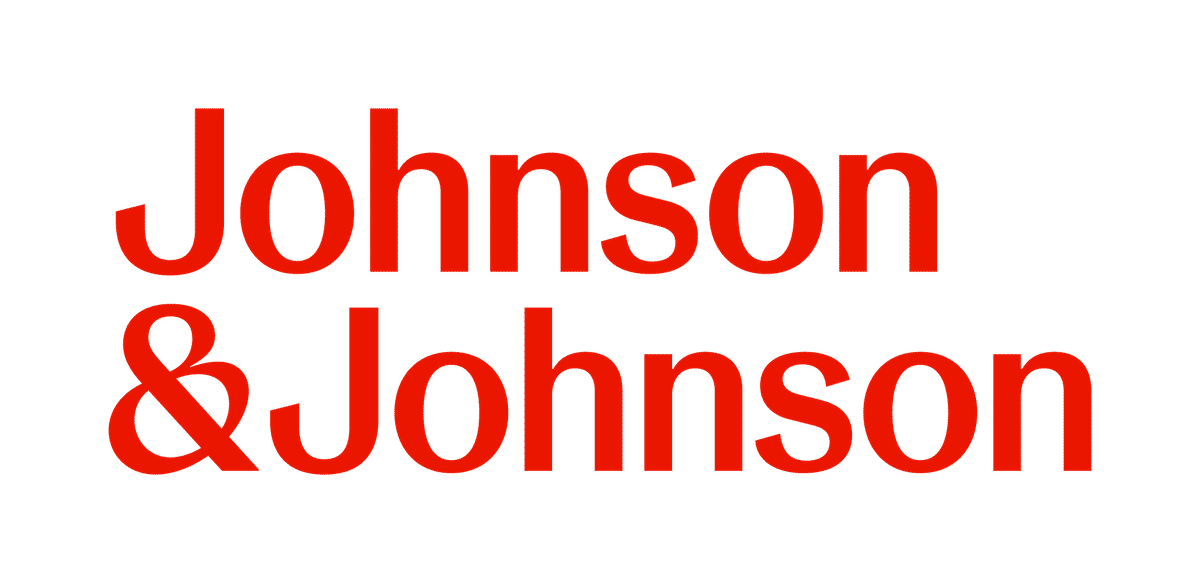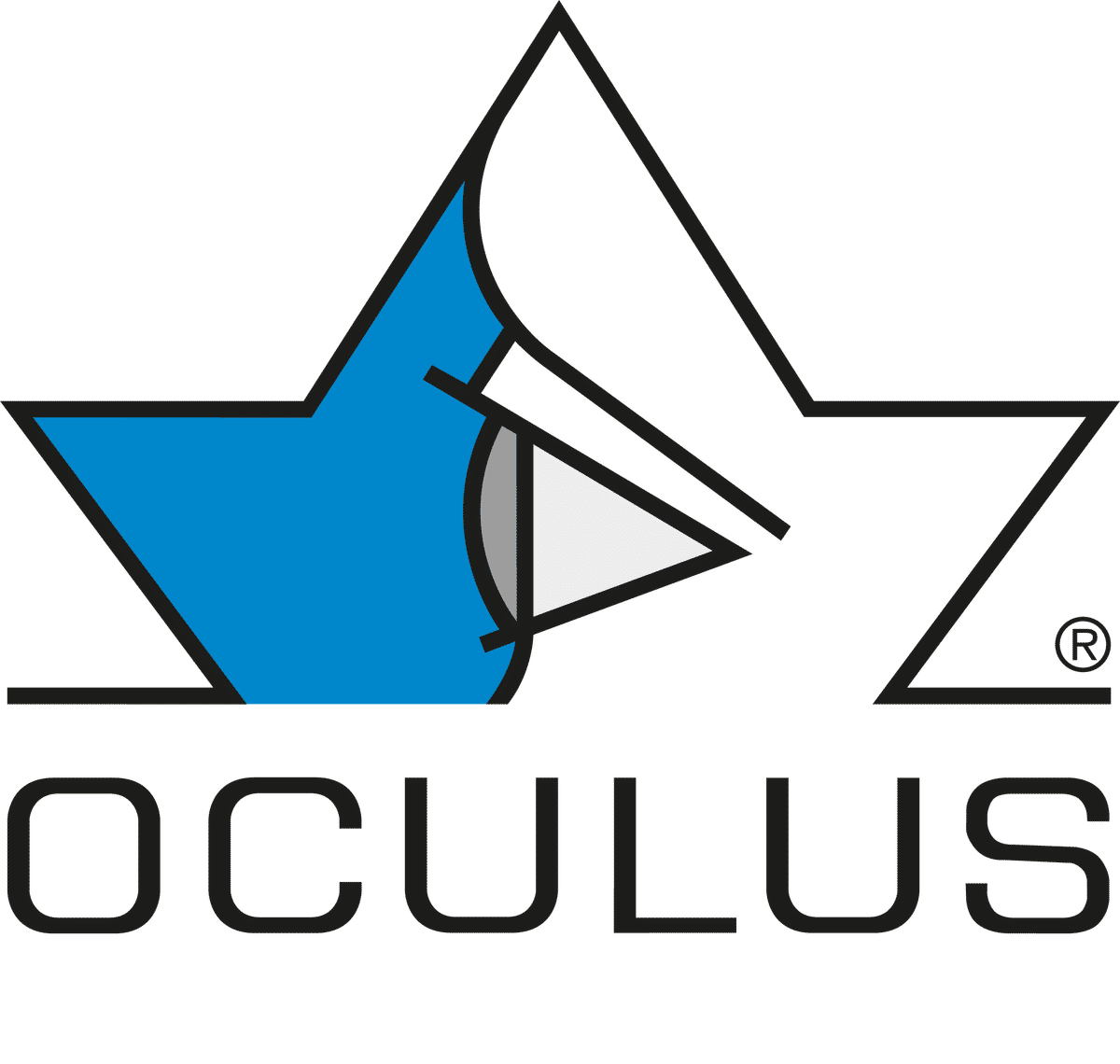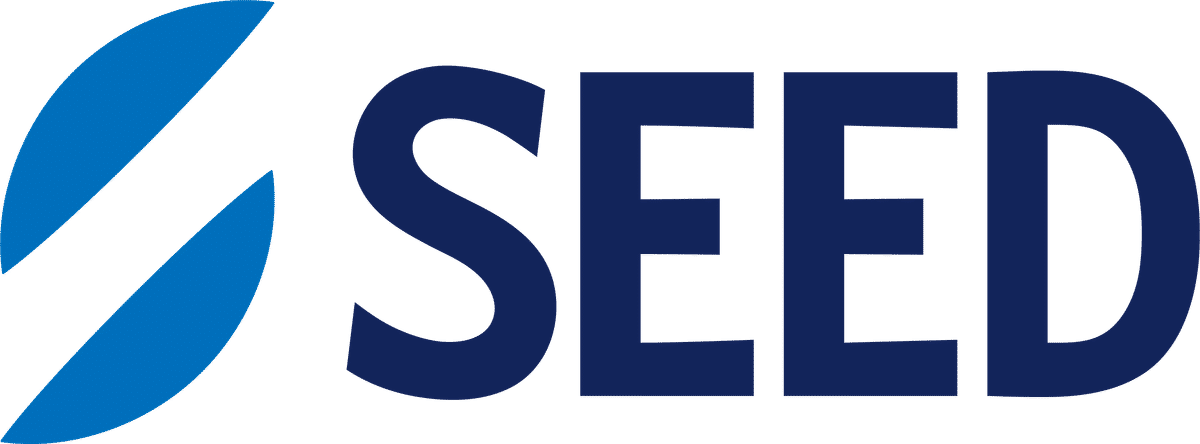Science
Myopia Progression After Ceasing MiSight 1 Day Treatment – 7-year study results

In this article:
This study evaluated eye growth and refractive progression in children after discontinuing 3 or 6 years of myopia management with MiSight 1 day contact lenses. Axial elongation and refractive progression during the year after cessation were consistent with age-normal rates, indicating retention of prior treatment gains and no evidence of rebound.
Paper title:
Eye growth and myopia progression following cessation of myopia control therapy with a dual-focus soft contact lens
Authors: Chamberlain P (1), Hammond DS (1), Bradley A (1), Arumugam B (1), Richdale K (1), McNally J (1), Hunt C (2), Young G (2)
- CooperVision, Pleasanton, California.
- Visioncare Research, Farnham, Surry, United Kingdom.
Date: Published online May 15, 2025
Reference: Chamberlain P, Hammond DS, Bradley A, Arumugam B, Richdale K, McNally J, Hunt C, Young G. Eye growth and myopia progression following cessation of myopia control therapy with a dual-focus soft contact lens. Optom Vis Sci. 2025 May 15.
Summary
Knowing when to stop myopia treatment—and what to expect afterward—is a critical part of effective myopia management. While optical interventions like MiSight 1 day have demonstrated sustained slowing of eye growth and refractive progression, the post-treatment phase remains relatively unexplored. This study aimed to evaluate whether treatment effects with MiSight 1 day are retained after cessation, and whether age or duration of treatment influences post-treatment eye growth and refractive change.
This was the final year of a 7-year clinical trial involving MiSight 1 day lenses. After either 3 or 6 years of treatment, 83 participants entered a 1-year “washout” phase wearing single-vision contact lenses. Children had initiated treatment at ages 8–12 (T6 group) or 11–15 (T3 group), with follow-up extending to ages 14–19. Right and left eye data from 78 participants were analysed. Mean axial length and cycloplegic spherical equivalent refraction were measured yearly and compared with modelled age-based expectations from untreated controls.
Key findings were as follows.
- Axial elongation during the post-treatment year was 0.09 mm (T3) and 0.10 mm (T6), while refractive progression was −0.23 D (T3) and −0.21 D (T6). These rates were similar to those expected for untreated children of the same age.
- Length of prior treatment (3 vs. 6 years) did not influence post-treatment growth or progression.
- Participants aged 14–16 years at the start of year 7 showed 0.08 mm more axial elongation and 0.09 D more myopia progression than those aged 17–19 years.
- No evidence of excessive post-treatment progression was observed, meaning prior treatment gains were retained.
What does this mean for my practice?
This study offers reassuring evidence for clinicians managing children with MiSight 1 day lenses. After stopping treatment following either 3 or 6 years of wear, axial elongation and myopia progression returned to rates expected for untreated children of the same age. Prior treatment gains were maintained during the post-treatment year, with no indication that growth or progression accelerated beyond age-appropriate levels. This supports the view that the myopia treatment benefits achieved during MiSight 1 day wear are retained after cessation.
Slightly greater progression was observed in younger adolescents (14–16 years of age at the time of cessation), indicating that extending treatment into the later teenage years may help safeguard against post-treatment growth that could diminish the gains achieved.
These findings can help guide conversations with families around treatment duration and expectations after cessation. For patients who complete myopia treatment during their teenage years, continued progression after stopping treatment is likely to follow typical age-based patterns. Importantly, the length of treatment—whether 3 or 6 years—did not impact post-treatment outcomes, providing flexibility in tailoring treatment plans.
What do we still need to learn?
One limitation of this study is that it relied on a modelled control group to estimate age-expected progression, rather than following an untreated group through the full 7 years. This decision reflected ethical concerns, as it would not have been justifiable to keep children in a non-treatment group once the benefits of the lens had been demonstrated. While the model was informed by data from earlier years and external sources, any extrapolation over time carries some inherent uncertainty.
The sample size in the post-treatment phase was smaller than earlier stages of the trial, which may limit the strength of subgroup comparisons. The study also followed participants for only one year after treatment cessation, so the longer-term trajectory of eye growth and refractive change remains unknown. Slightly greater progression in the younger subgroup raises the possibility that some children may benefit from extended treatment into later adolescence. Further research is needed to clarify these longer-term outcomes.
Abstract
Significance: This 7-year clinical study assessed the impact of age and number of years of myopia control treatment with MiSight 1 day (omafilcon A; CooperVision, Inc., Pleasanton, CA) dual-focus contact lenses on post-treatment eye growth and myopia progression. Growth and progression after treatment were ceased and returned to age-normal levels retaining prior accrued treatment gains.
Purpose: This study aimed to assess eye growth and refractive changes after cessation of prolonged myopia control treatment with a dual-focus contact lens.
Methods: Eighty-three subjects completing a 6-year clinical trial of a dual-focus myopia control contact lens (MiSight 1 day) continued into a follow-on 1-year "wash-out" phase in which all subjects were fit with a single-vision contact lens (Proclear 1 day, omafilcon A; CooperVision, Inc.). Right and left eye data were analyzed from 38 subjects with 6 years of prior treatment (T6) and 40 receiving treatment during study years 4 to 6 (T3). Axial length and cyclopleged spherical equivalent refractive errors were monitored annually for 7 years. Expected axial growth and myopia progression during years 4 to 7 if treatment had not been started were estimated by extrapolating growth of untreated myopic control eyes collected during years 1 to 3 using population-based estimates of age effects on growth rates.
Results: During the untreated year 7, annualized axial growth and refractive changes were 0.09 ± 0.09 (T3) and 0.10 ± 0.10 mm/y (T6), and −0.23 ± 0.36 (T3) and −0.21 ± 0.40 D/y (T6), respectively, each slightly greater than observed during the previous year of treatment (0.07 ± 0.12 [T3] and 0.08 ± 0.07 mm [T6], and −0.04 ± 0.34 [T3] and −0.13 ± 0.42 D [T6]). Year 7 progression was less for the older (11 to 12 at baseline, −0.17 ± 0.40 D/0.05 ± 0.07 mm) than the younger (8 to 10 at baseline, −0.26 ± 0.36 D/0.13 ± 0.10 mm) subgroup. Years in treatment (3 vs. 6) did not influence post-treatment growth or progression.
Conclusions: A cessation study following 3 or 6 years of myopia control treatment with the dual-focus myopia control contact lens found axial growth and myopia progression rates similar to those expected of untreated myopic eyes at these ages. This finding reveals that accrued treatment gains were retained and neither amplified nor diminished after cessation of treatment.
Meet the Authors:
About Jeanne Saw
Jeanne is a clinical optometrist based in Sydney, Australia. She has worked as a research assistant with leading vision scientists, and has a keen interest in myopia control and professional education.
As Manager, Professional Affairs and Partnerships, Jeanne works closely with Dr Kate Gifford in developing content and strategy across Myopia Profile's platforms, and in working with industry partners. Jeanne also writes for the CLINICAL domain of MyopiaProfile.com, and the My Kids Vision website, our public awareness platform.
Enormous thanks to our visionary sponsors
Myopia Profile’s growth into a world leading platform has been made possible through the support of our visionary sponsors, who share our mission to improve children’s vision care worldwide. Click on their logos to learn about how these companies are innovating and developing resources with us to support you in managing your patients with myopia.












